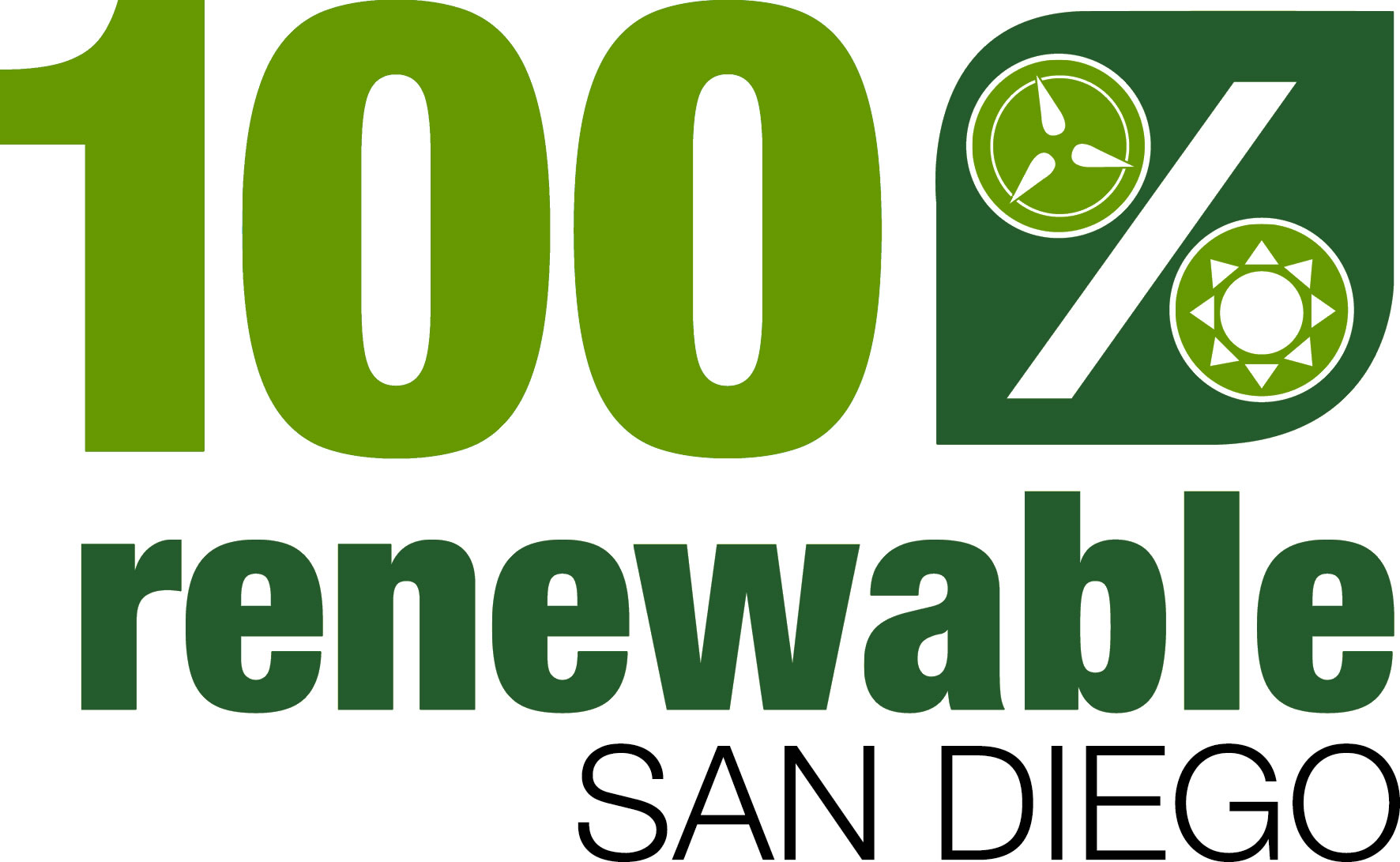Asia-Pacific
Partnership Yields Renewable Energy and Efficiency
Projects
Nov 8, 2006 EERE Network News
Under Secretary of State for Democracy and Global
Affairs Dr. Paula J. Dobriansky today announced
that the United States and the other five Partner
nations of the Asia-Pacific Partnership on Clean
Development and Climate have endorsed detailed Action
Plans and nearly 100 collaborative projects and
activities to implement this initiative. The announcement
was made in remarks to experts from all Partner
nations gathered in Columbus, Ohio, to attend a
week-long series of site visits organized and hosted
by American Electric Power, one of the private sector
partners.
The Asia-Pacific Partnership on Clean Development
and Climate is a unique public-private initiative
among government and private sector partners from
Australia, China, India, Japan, the Republic of
Korea, and the United States. These six countries
account for about half of the world's population
and more than half of the world's economy
and energy use. The first Ministerial meeting of
the Asia-Pacific Partnership took place in Sydney,
Australia, in January 2006. At that meeting, the
Ministers agreed to a Partnership Communiqué, Charter,
and Work Plan that established eight public-private
sector Task Forces.
At the Partnership's Policy and Implementation
Committee meeting in Jeju, Korea, on October 11-13,
2006, the six Partner nations endorsed Action Plans
for all eight Task Forces. The Task Forces are organized
by sector or industry and include public-private
teams: (1) Aluminum, (2) Buildings and Appliances,
(3) Cement, (4) Cleaner Fossil Energy, (5) Coal
Mining, (6) Power Generation and Transmission, (7)
Renewable Energy and Distributed Generation, and
(8) Steel.
Endorsement of the Action Plans, which include
detailed projects and activities, launches the implementation
phase of the Partnership. It begins an ongoing series
of multifaceted programs designed to implement cleaner,
cost-effective energy technologies and practices
among the Partner nations. The programs focus on
sharing best practices; identifying legal, regulatory
and market barriers; research and development; and
several demonstration projects. Fact sheets about
the eight Action Plans and associated projects are
available at: www.state.gov/app.
The Partnership seeks to identify policies and
deploy technologies that reduce greenhouse gas emissions,
promote healthier air quality, advance sustained
economic growth, and reduce poverty. It focuses
on voluntary practical measures to create new investment
opportunities, build local capacity, improve economic
and energy security, and help conserve the environment.


